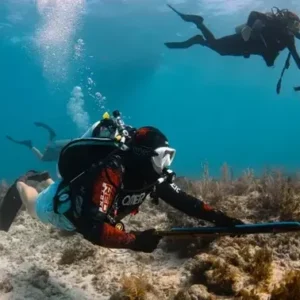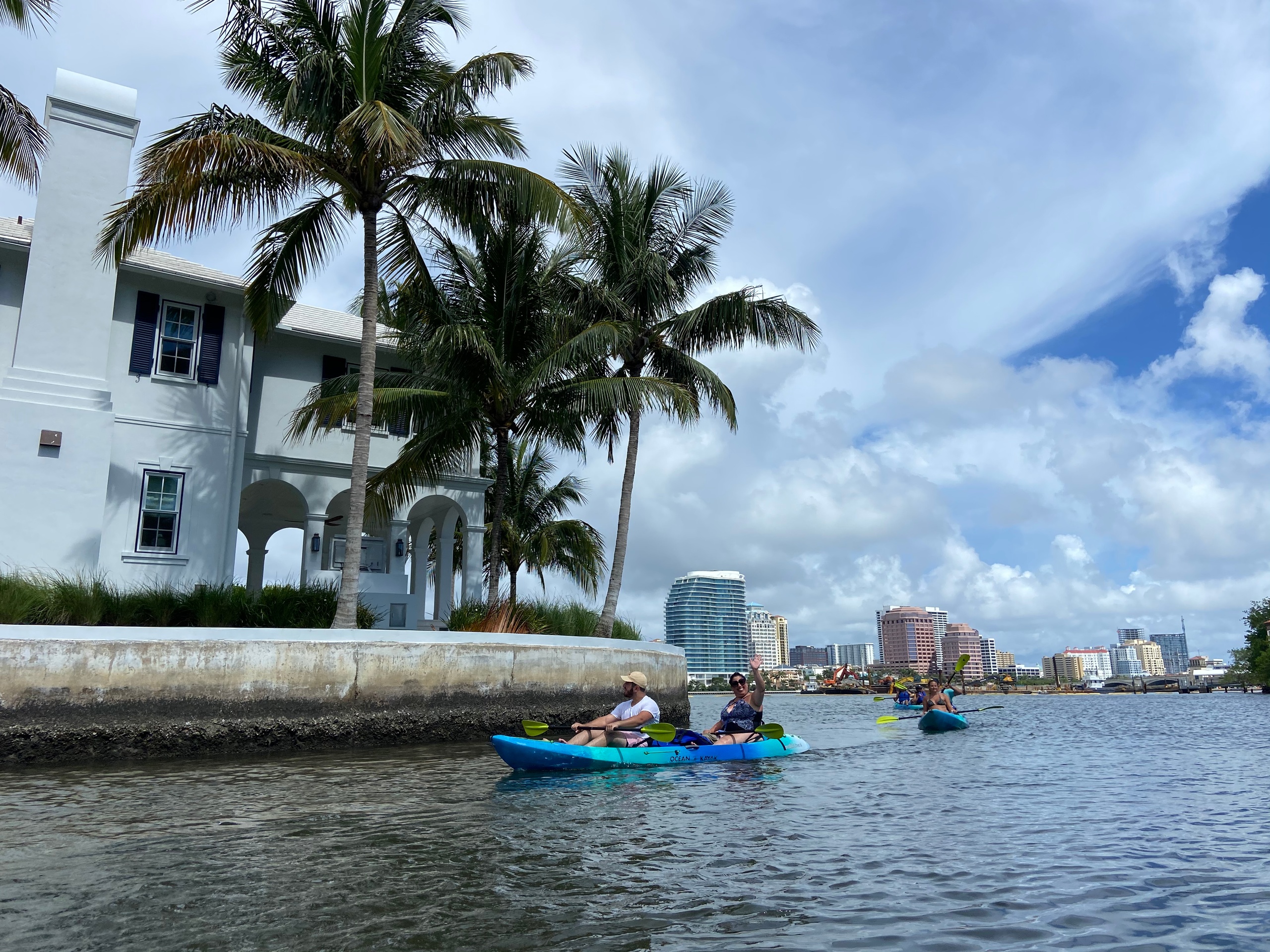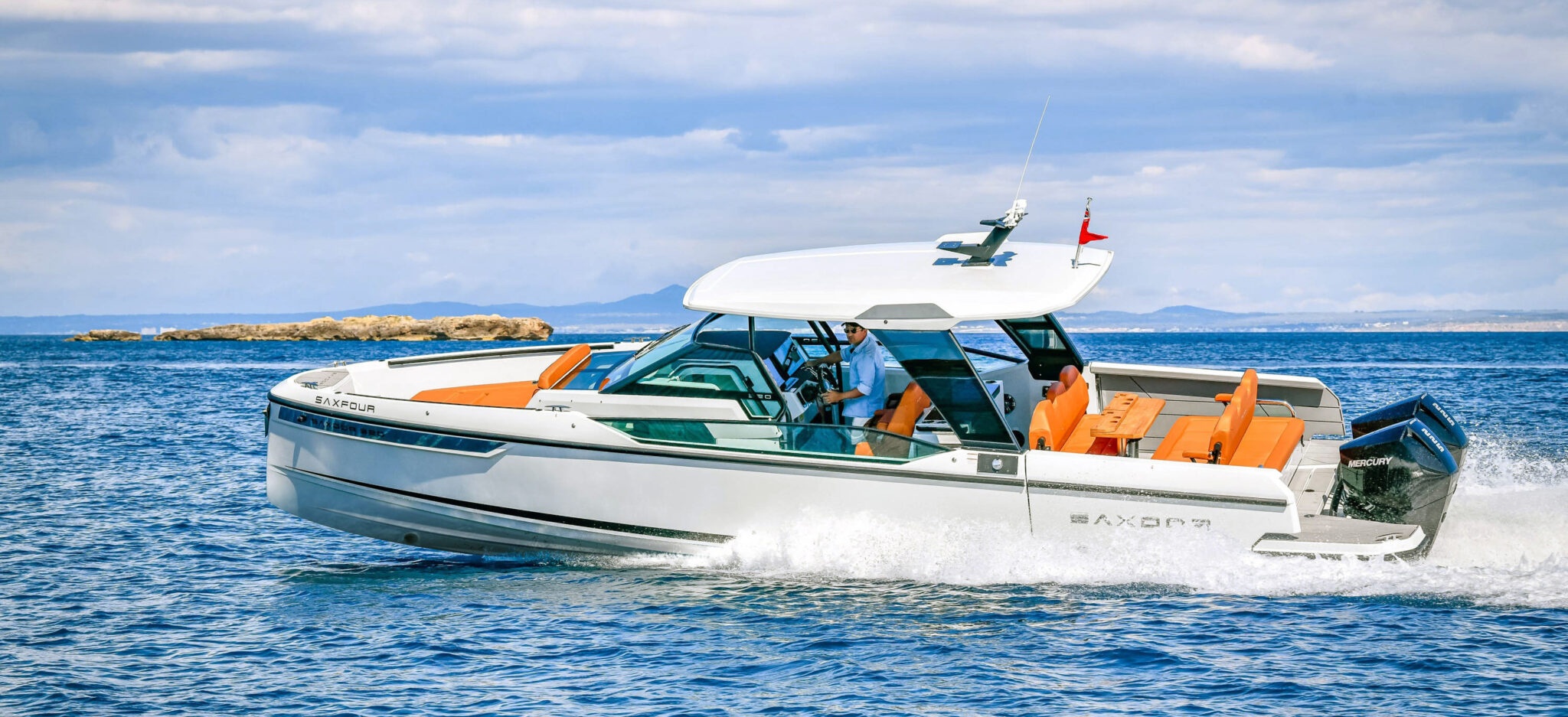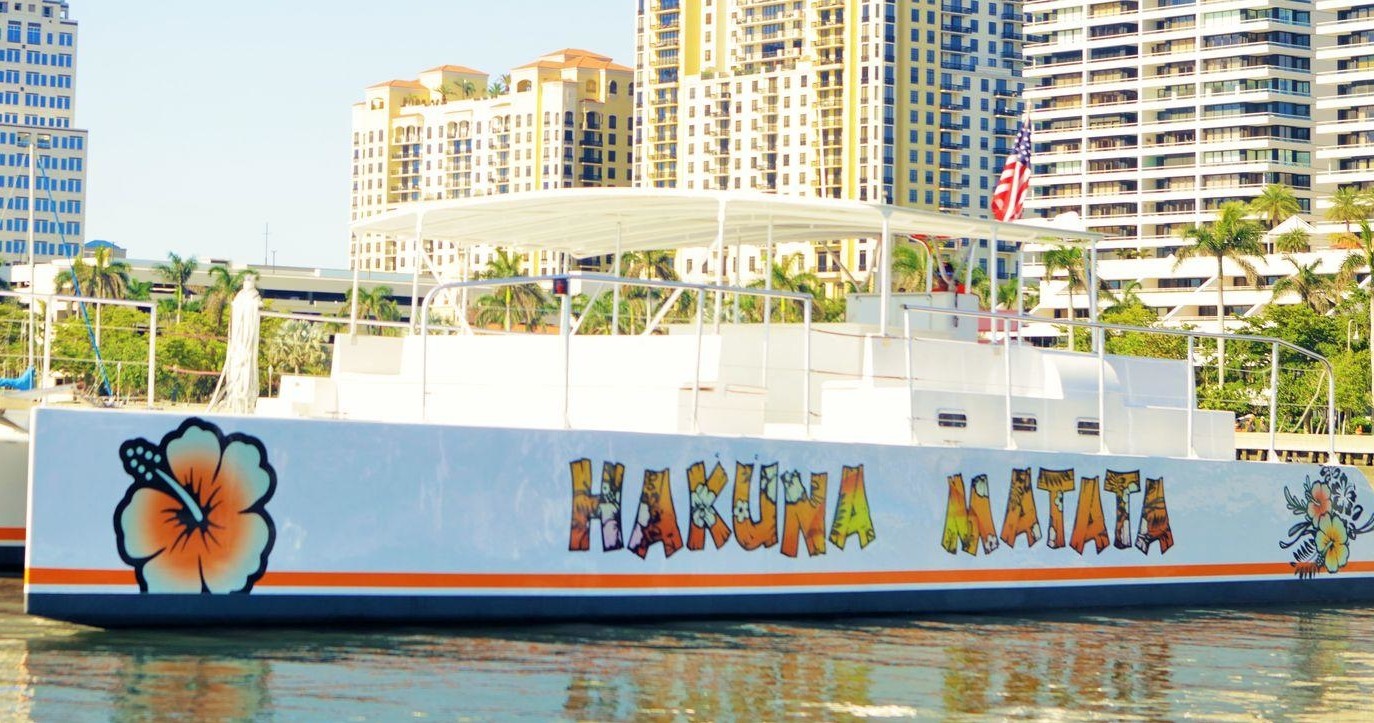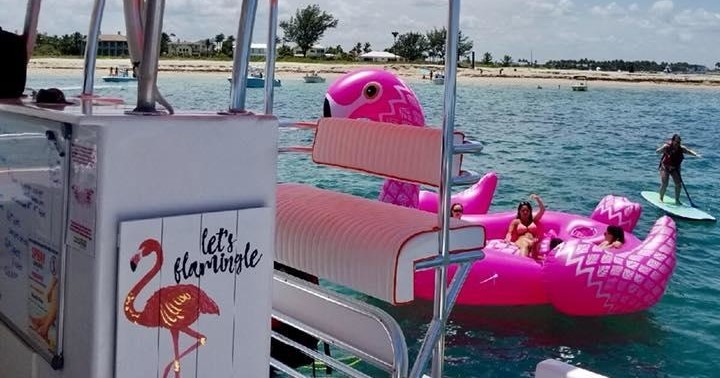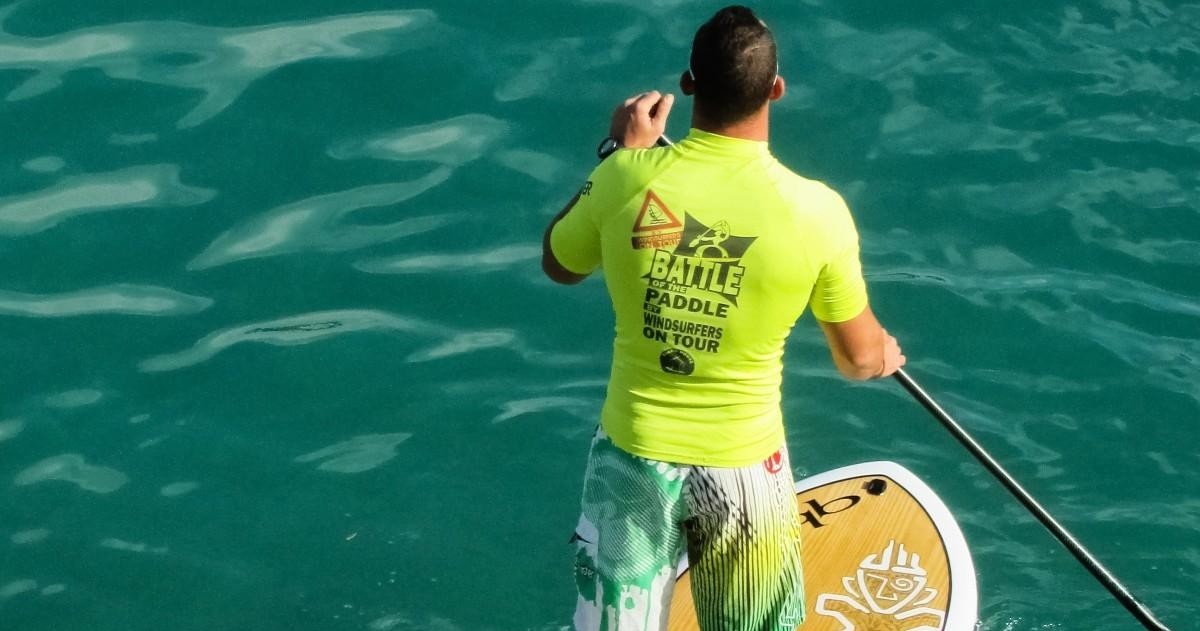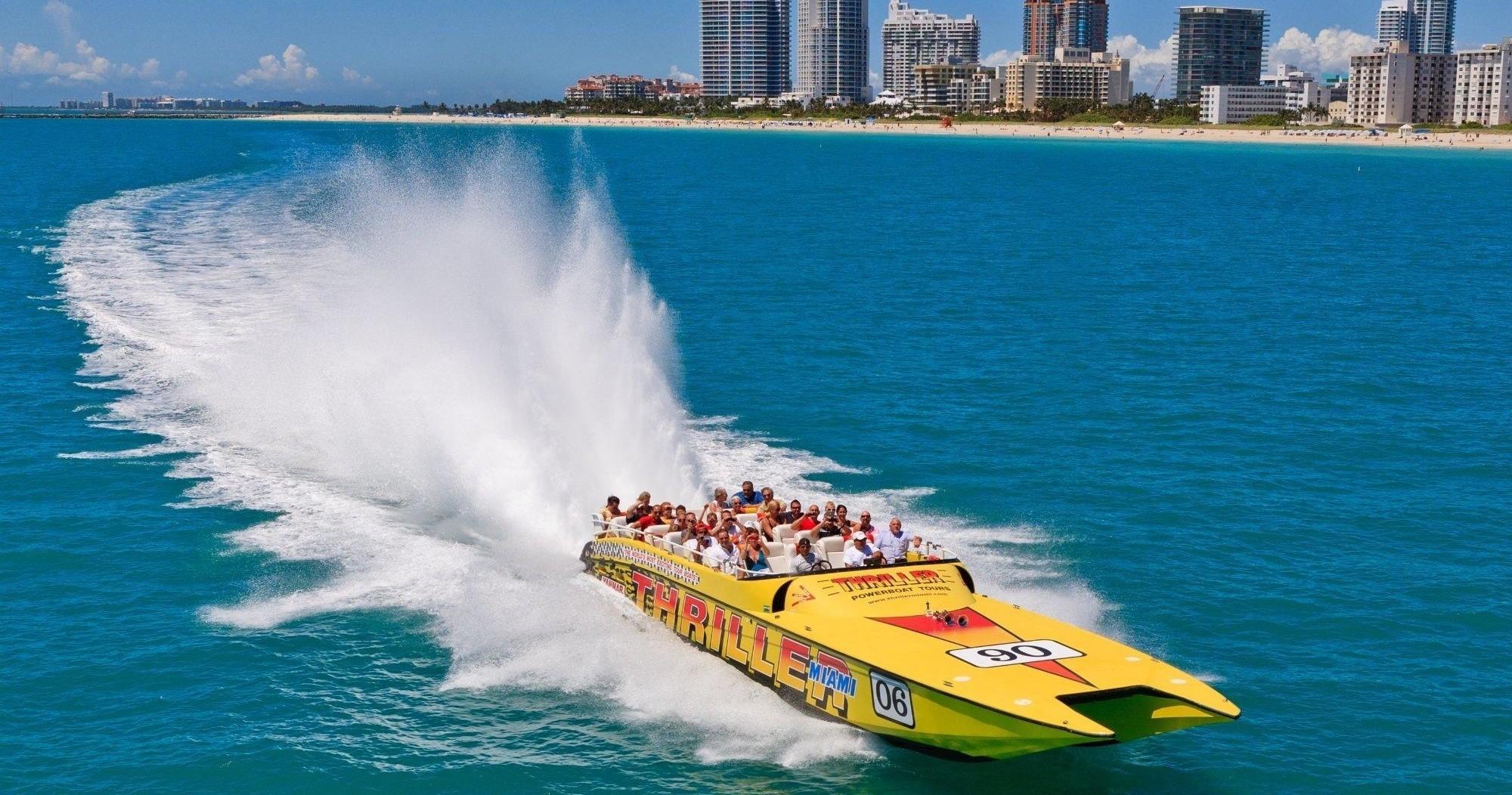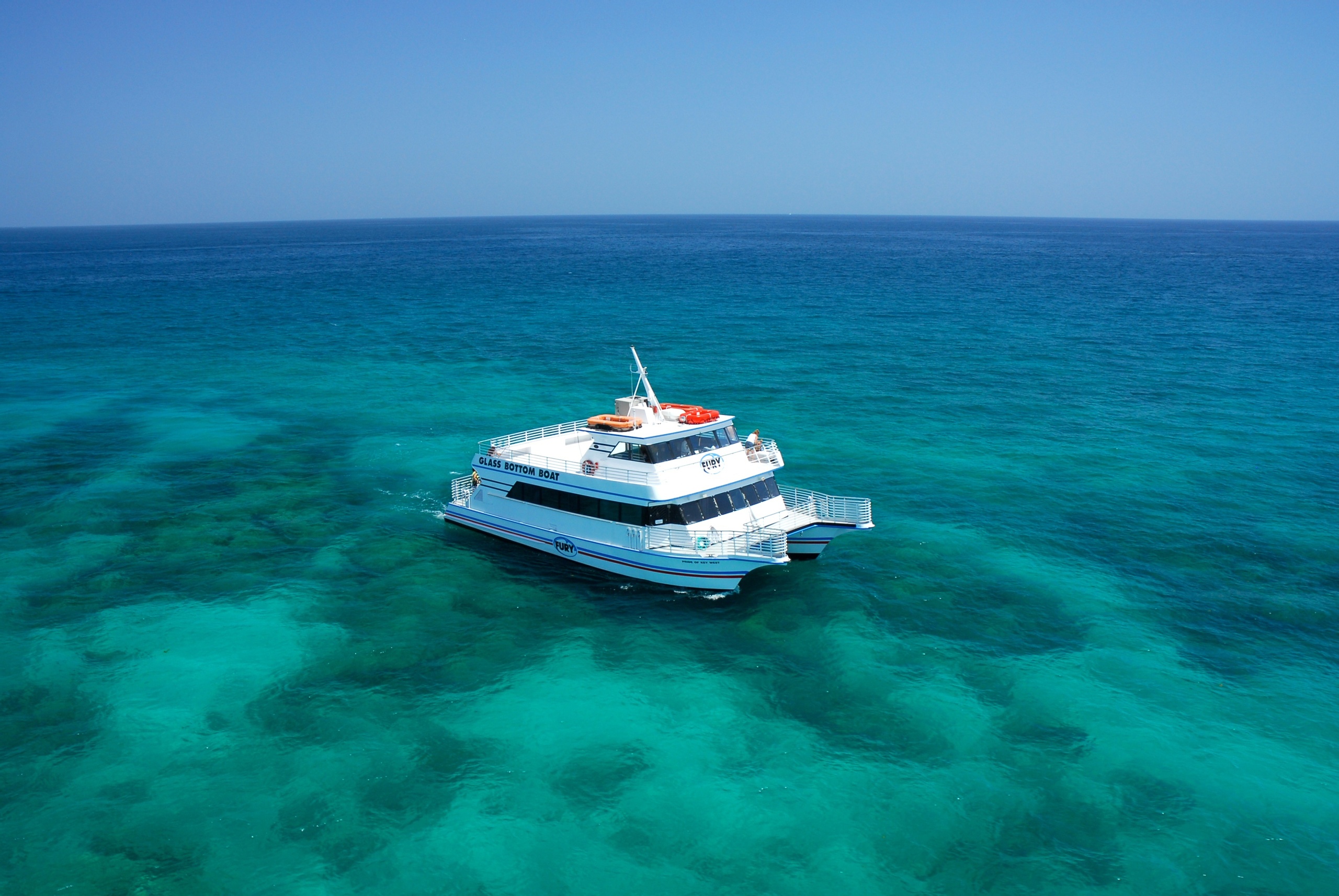EXPLORE FLORIDA
DIVE, DREAM, DISCOVER
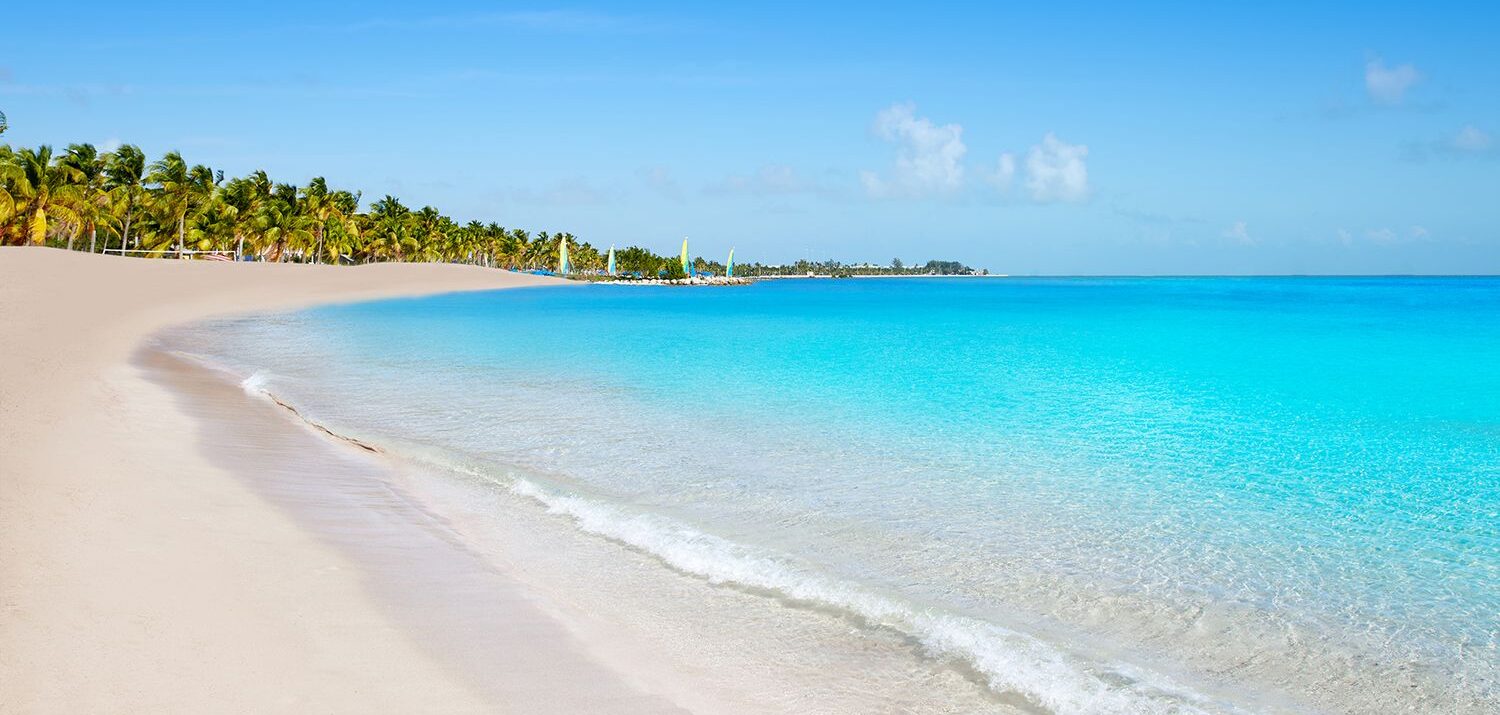
SCUBA DIVING IN FLORIDA
Scuba diving in Florida offers an incredible underwater experience with its crystal-clear waters, vibrant coral reefs, and diverse marine life. From exploring historic shipwrecks to swimming alongside tropical fish and sea turtles, Florida’s dive sites provide adventures for both beginners and seasoned divers. With year-round warm water temperatures, it’s the perfect destination for your next diving adventure.

CURRENCY

LANGUAGES

TIME ZONE

PHONE/INTERNET

LOCATION

VOLTAGE

HURRICANE SEASON

DAYLIGHT SAVINGS
GETTING THERE
Passports
There is no passport required for U.S. citizens to travel to Florida.
Airports
There are 3 major airport close to top dive destinations. Miami International Airport (MIA), Fort Lauderdale-Hollywood International Airport (FLL) , Tampa International Airport (TPA).
Transportation
Taxis are available at the airport and major tourist spots. Shared ride apps such as Uber are also available.
DISCOVER UNIQUE THINGS TO DO IN FLORIDA
BEST SCUBA DIVING IN FLORIDA

John Pennekamp Coral Reef State Park, Key Largo
Diving at John Pennekamp Coral Reef State Park in Key Largo offers an extraordinary experience as you explore the first undersea park in the United States. The park is renowned for its vibrant coral reefs teeming with marine life. Divers can expect to see elkhorn and brain corals, schools of parrotfish, angelfish, and butterflyfish, as well as lobsters and moray eels hiding among the corals. One of the park's most famous attractions is the Christ of the Abyss statue, a stunning bronze sculpture that sits in about 25 feet of water, offering a surreal and spiritual underwater encounter.

Molasses Reef, Key Largo
Molasses Reef, also in Key Largo, is one of Florida’s most beloved dive sites, known for its crystal-clear waters and diverse marine life. The reef’s structure is a series of coral ledges and spur-and-groove formations that provide habitat for a wide variety of sea creatures. Divers can expect to encounter nurse sharks, barracudas, rays, and large schools of blue tangs and snappers. The reef is also dotted with colorful sponges and sea fans, making it a paradise for underwater photographers. The clear visibility and relatively shallow depths make Molasses Reef accessible and enjoyable for divers of all levels.

USNS Vandenberg, Key West
The USNS Vandenberg, located off the coast of Key West, is a massive artificial reef created from a decommissioned military ship. Sunk in 2009, the Vandenberg has since become one of the premier wreck dives in the world. As you descend, you’ll be struck by the sheer size of the ship, which rests on the ocean floor at depths of 140 to 150 feet. The wreck is covered in corals and sponges, attracting a wide range of marine life including large barracudas, groupers, and even the occasional reef shark. Divers can explore the ship’s various sections, including its towering radar dishes and open cargo holds, providing endless opportunities for discovery.

Blue Heron Bridge, West Palm Beach
Blue Heron Bridge in West Palm Beach is a top site for divers who enjoy macro photography and observing small, unique marine life. The site is known for its shallow depths, calm waters, and an incredible variety of creatures that inhabit the area. As you explore the sandy bottom and artificial reefs, you might spot seahorses, octopuses, frogfish, and an array of colorful nudibranchs. The bridge’s pilings are encrusted with sponges and corals, attracting schools of tropical fish and even occasional rays and manatees. Blue Heron Bridge is particularly popular for night dives, when even more elusive creatures come out to hunt.

The Spiegel Grove, Key Largo
The Spiegel Grove, another renowned wreck dive in Key Largo, is a massive 510-foot-long former Navy ship that was intentionally sunk to create an artificial reef. The ship lies on its starboard side in about 130 feet of water, offering an exciting dive for those looking to explore a large and complex wreck. Divers can swim through the open passageways, explore the massive deck, and observe the abundant marine life that now calls the wreck home. Schools of jacks, snappers, and angelfish are common sightings, along with larger predators like barracudas and reef sharks. The size and depth of the Spiegel Grove make it a dive site that can be explored multiple times, with new details to discover on each dive.

Devil’s Den, Central Florida
Devil’s Den in Central Florida offers a completely different diving experience compared to the coastal sites. This prehistoric underground spring, located near Williston, is accessed through a small opening that leads to a large underground cavern filled with crystal-clear water. The cavern is illuminated by natural light streaming in from the opening above, creating a mesmerizing play of light and shadows. Inside, divers can explore the submerged rock formations, which are over 30 million years old, and spot small fish and turtles that inhabit the spring. Devil’s Den’s unique geological features and tranquil environment make it a popular destination for both divers and snorkelers looking for something off the beaten path.
Dive Conditions
Scuba diving in Florida offers warm water temperatures year-round, ranging from the low 70s°F in winter to the mid-80s°F in summer. Visibility is typically excellent, with clear waters allowing divers to see anywhere from 40 to 100 feet, depending on the location. The currents vary from mild to moderate, providing ideal conditions for both beginners and experienced divers to explore vibrant coral reefs, marine life, and historic shipwrecks.
WHEN TO GO
The best time to go scuba diving in Florida is from late spring to early fall, particularly between April and October, when water temperatures are warm and visibility is excellent. While diving is possible year-round, this period offers the most favorable conditions with calmer seas and abundant marine life.
WHAT YOU’LL SEE
Scuba diving in Florida reveals vibrant coral reefs teeming with tropical fish, sea turtles, and rays, along with fascinating shipwrecks that attract diverse marine life. Divers can also encounter nurse sharks, goliath groupers, and colorful sponges in the crystal-clear waters.

